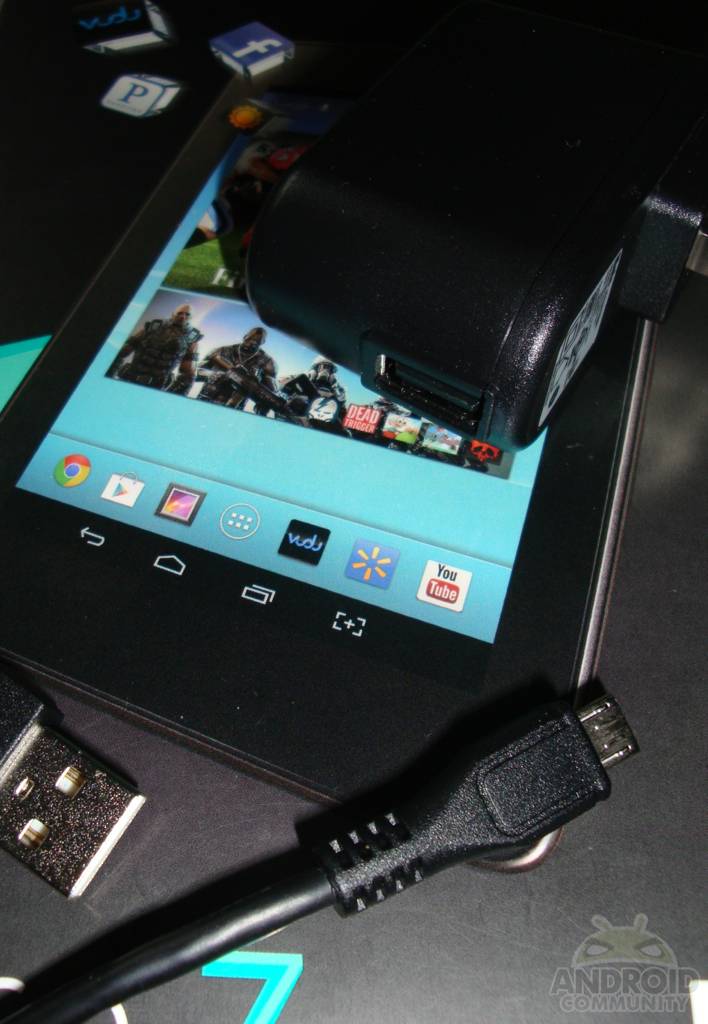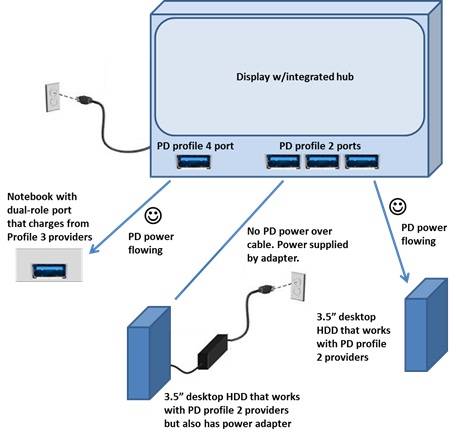
One of the purposes of standards, at least the good ones, is to codify existing practices, instead of turning a blind eye to what everyone else is doing, even if it wasn’t the initial intention. That does seem to be the case here with a new USB PD (Power Delivery) standard that will, in a way, revolutionize something unrelated to the original purpose of USB: charging our electronic devices.
USB, short for Universal Serial Bus, was originally conceived to have a standard way to connect computer peripherals such as keyboard, mice, printers, and more, throwing away the proprietary, device-specific connectors that plagued computing history. Over time, however, due to the growing complexity of electronic devices, USB connections have been used not only to transfer date between devices but to also transfer a bit of electricity enough to power them or, in some case, even charge smartphones. While that was probably not imagine by Intel’s Ajay Bhatt when he developed the technology, a great number number of people, as well as manufacturers, have turned to USB as the conduit to power.
Thus, the USB standard organization has no choice but to formalize this use case as a standard. But, in fact, it is doing more than that and improving the standard as well in many aspects. The first is the increase to support up to 100W of power, 10 times more than what is currently in use today. USB PD will also allow bi-directional power flow, meaning that even laptops can be charged over USB instead of just acting as an energy source for charging gadgets. The standard will also introduce optimized and dynamic power management, letting devices take only enough power that they need, increasing or decreasing the amount depending on the need of the device.

Of course, the new USB PD standard will still support the older USB Battery Charging Specification, so that older devices will not suddenly stop working or, worse, suddenly get fried by too much power. There is still no indication when we’ll start to see USB PD certified cables but, given the very young age of the standard, it might still take a while for manufacturers to start building around the specification.
VIA: SlashGear









